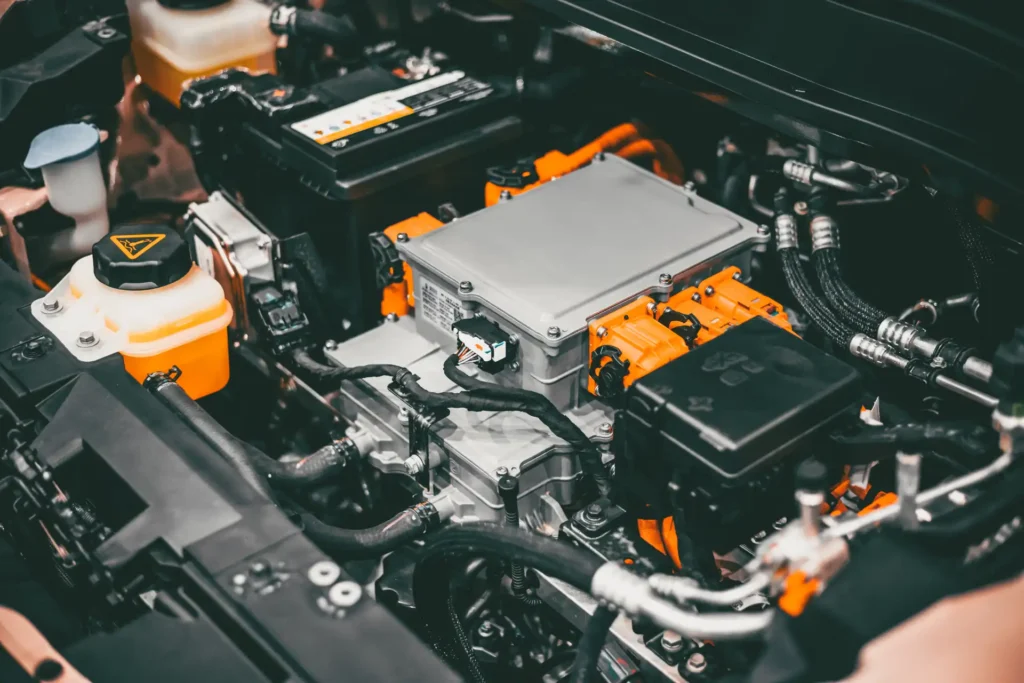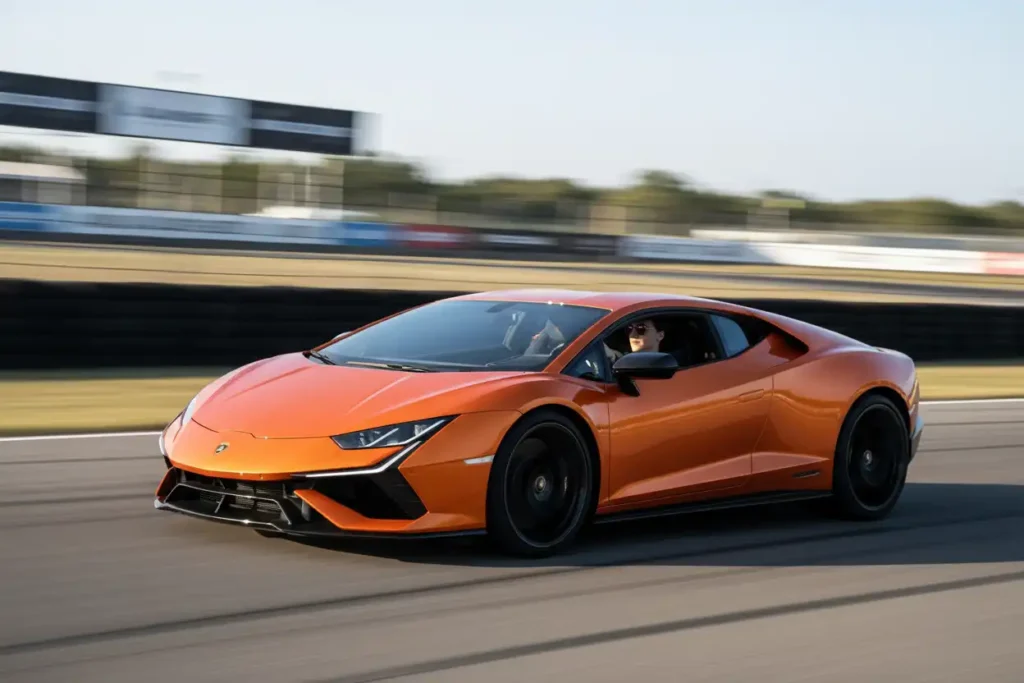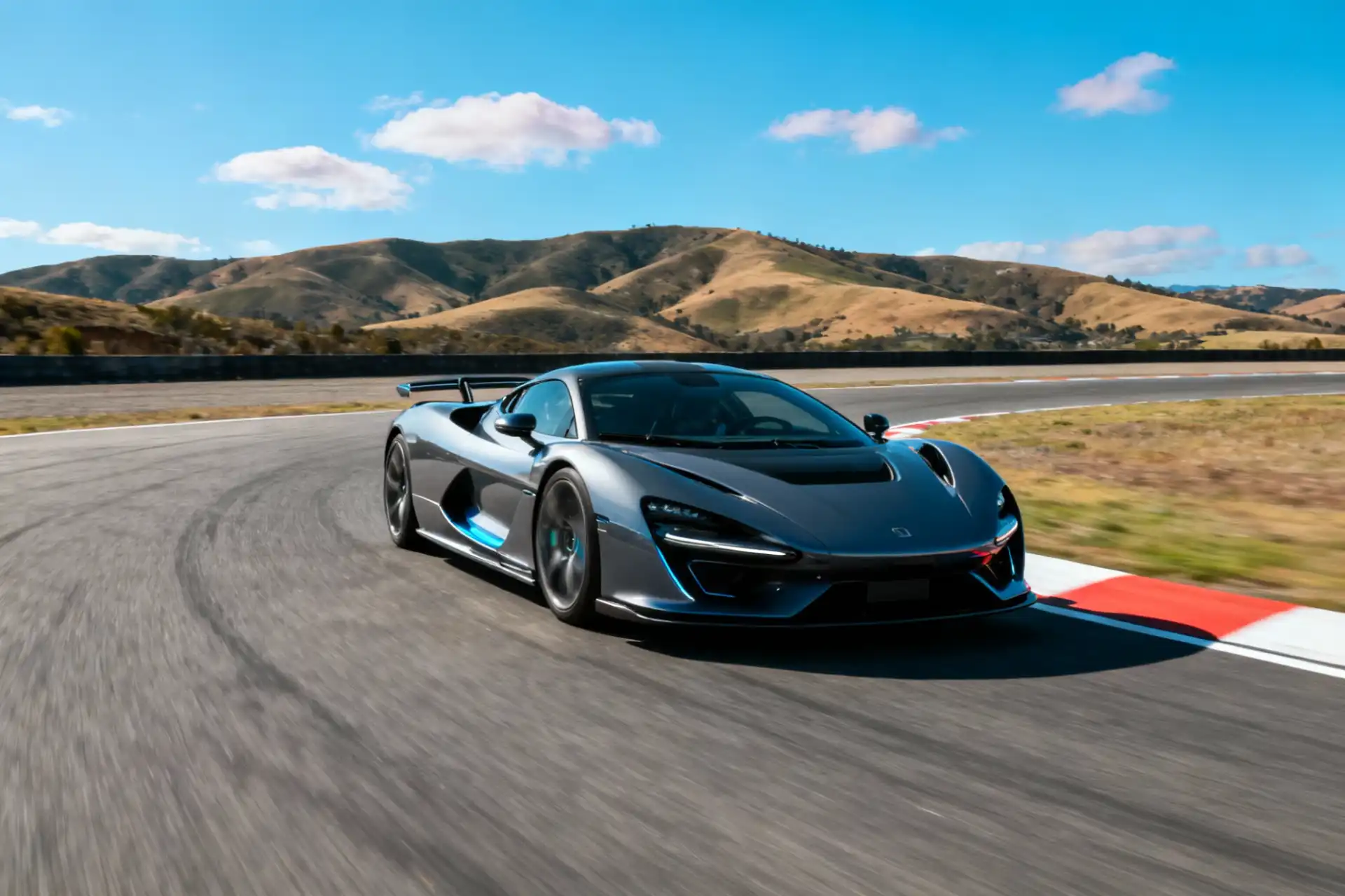The automotive world is in the middle of a power revolution — one that doesn’t silence the roar of combustion but redefines it. The latest generation of hybrid hypercars merges traditional engine craftsmanship with electric innovation, creating a new breed of performance machines that are faster, smarter, and more sustainable. From Ferrari to McLaren and Porsche, the biggest names in speed are now proving that electric assist isn’t a compromise — it’s a competitive advantage.
The Evolution of Power: From Gasoline Glory to Electric Precision

For decades, the world of high-performance cars revolved around displacement, turbochargers, and naturally aspirated engines. Horsepower was the only language that mattered. But today, automakers are speaking in volts as well as cylinders. Electric motors are no longer found only in eco-friendly sedans; they’re now critical components in the world’s fastest supercars.
As emissions laws tighten and efficiency demands grow, manufacturers are turning to hybridization as a way to maintain performance while embracing cleaner technology. The result is a new golden age of hybrid hypercars performance, where electric motors don’t just assist — they amplify.
Why Automakers Are Going Hybrid
The shift toward hybrid systems isn’t simply about going green; it’s about going faster. Electric motors offer instant torque — something even the most finely tuned turbocharger can’t match. They also fill the torque gap at low RPMs, giving hypercars an almost supernatural level of responsiveness.
By blending electric precision with combustion passion, automakers gain the best of both worlds:
- Unmatched acceleration: Electric motors deliver full torque instantly, slashing 0–60 mph times.
- Reduced turbo lag: Electric assist smooths power delivery during gear changes and boost build-up.
- Regenerative braking: Energy recovered under braking improves efficiency and responsiveness.
- Better weight distribution: Strategically placed batteries lower the center of gravity and enhance handling.
In essence, electric power doesn’t replace the engine — it completes it.
Meet the Machines Redefining Performance
Let’s explore the cars leading this revolution — models that prove hybrid systems aren’t just about eco-friendliness, but sheer dominance:
- Ferrari SF90 Stradale: With 986 horsepower from a twin-turbo V8 and three electric motors, the SF90 is Ferrari’s most powerful production car ever. It also offers an all-electric mode for city cruising.
- McLaren Artura: Featuring a lightweight V6 and compact electric motor, it delivers razor-sharp handling and instant throttle response without sacrificing McLaren’s purist DNA.
- Porsche 918 Spyder: The car that pioneered the hybrid hypercar movement. Its blend of V8 power and dual electric motors still feels futuristic nearly a decade later.
- Lamborghini Revuelto: Lamborghini’s first plug-in hybrid V12 supercar combines brutal sound with electrified torque, hitting 0–60 mph in just 2.5 seconds.
- Aston Martin Valhalla: A Formula One–inspired hybrid engineered for both the track and the open road, blending elegance with state-of-the-art aerodynamics.
Together, these machines symbolize a new era — one where technology and tradition coexist in harmony.
How Electric Assist Transforms Driving Dynamics
Electric motors bring more than extra power — they change how cars behave. Instant torque fills in gaps in power delivery, making acceleration seamless. Meanwhile, torque vectoring systems distribute power individually to each wheel, creating a sense of control and balance impossible to achieve through mechanical means alone.
When braking, regenerative systems capture kinetic energy, storing it in the battery for later use. The more aggressively a driver pushes the car, the more energy is recycled — a symbiotic relationship between power and efficiency that defines modern hypercar engineering.
Imagine flying down a racetrack in a Ferrari SF90. The engine screams to redline while electric motors silently push from beneath, filling every millisecond of lag. That’s the magic of hybrid synergy: mechanical and electric power blending seamlessly for unrelenting performance.
The Challenge of Perfection: Weight, Cooling, and Complexity
Of course, innovation comes with obstacles. Hybrid hypercars face the daunting challenge of balancing added weight from batteries and motors with the agility expected from elite performance cars. Engineers combat this through lightweight materials — carbon fiber tubs, titanium exhausts, and hollow battery casings — ensuring the scales stay in check.
Thermal management is another battlefield. Batteries and power electronics generate immense heat under load. To handle this, manufacturers use complex cooling systems that channel airflow through radiators and active vents, ensuring components stay within safe operating ranges even at track speeds.
Maintenance costs also increase, given the intricacy of combining two powertrains. But for enthusiasts chasing ultimate speed and innovation, it’s a worthy trade-off.
How Hybrid Technology Is Influencing the Next Generation
Hybrid performance isn’t confined to million-dollar hypercars anymore. Lessons learned from flagship models are filtering down to more accessible vehicles. The same torque-vectoring systems and energy-recovery setups are now appearing in cars like the Nissan Z NISMO and the Toyota Supra GR Hybrid.
Even motorsport divisions are adopting hybridization. Formula One and Le Mans Hypercar classes rely heavily on energy recovery systems (ERS), proving that efficiency and excitement can coexist on the world’s biggest racing stages. These racing technologies eventually trickle down into road cars, enhancing both performance and sustainability for consumers.
Hybrid Hypercars vs. Pure EVs
It’s natural to ask — if electric cars are already incredibly fast, why build hybrids at all? The answer lies in emotional connection and endurance. While electric vehicles deliver unmatched acceleration, hybrids retain the visceral sound, feel, and rhythm that purists crave. A hybrid’s engine note paired with instant electric torque creates a driving experience that feels alive yet futuristic.
Additionally, hybrids avoid range anxiety. Unlike EVs, they can refuel quickly while still benefiting from electric efficiency. It’s a perfect compromise for those who want both power and practicality.
The Future of Performance: What Comes Next
Looking ahead, the hybrid hypercar will continue to evolve. Expect lighter batteries using solid-state chemistry, faster charging, and smarter software that adapts to each driver’s behavior. Artificial intelligence (AI) will soon analyze your driving style in real time, adjusting power delivery, suspension stiffness, and braking response to match your skill level.
Brands like McLaren, Koenigsegg, and Rimac are also exploring modular hybrid systems that can scale across multiple models — from grand tourers to track monsters — making electrified performance more versatile than ever.
The hybrid hypercar isn’t a passing trend. It’s the bridge between the combustion legacy we love and the electric future we can’t avoid. As technology matures, this blend of analog passion and digital precision will define the performance car landscape for decades to come.
Conclusion: The Best of Both Worlds
Hybrid hypercars prove that progress doesn’t mean compromise. They merge the soul of traditional engineering with the intelligence of modern technology, giving drivers more control, more excitement, and more responsibility than ever before. Whether it’s the Ferrari SF90’s precision, McLaren’s finesse, or Lamborghini’s raw power, each brand shows that hybridization isn’t the end of performance—it’s its rebirth.
As the roads ahead get smarter and cleaner, one thing remains certain: the future of performance will always have a heartbeat—only now, it pulses with electricity too.
To explore related innovations, read our features on Ferrari SF90 Stradale Review and McLaren Artura Review for real-world insights on this new era of performance engineering.

